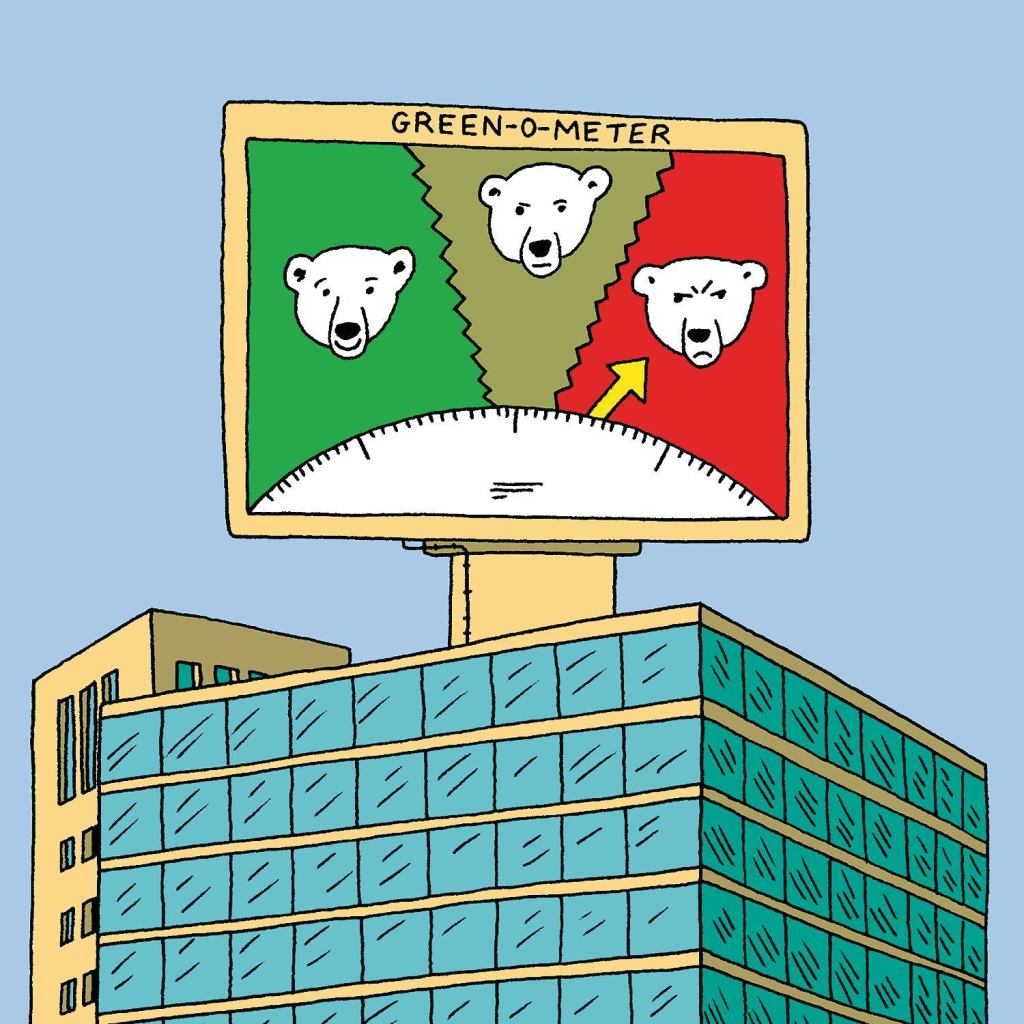“Global warming is bad, but it doesn’t make us feel nauseated or angry or disgraced,” wrote Harvard psychologist Daniel Gilbert in a 2006 Los Angeles Times op-ed piece. The environmental crisis doesn’t conspicuously threaten us in the course of everyday life, so we’re not as motivated to act, since we form stronger feelings around more-tangible things, like food and sex. “Moral emotions are the brain’s call to action,” Gilbert explains. “If climate change were caused by gay sex, or by the practice of eating kittens, millions of protesters would be massing in the streets.”
Buildings produce 40 percent of U.S. greenhouse gas emissions and use 75 percent of our electricity. As a dramatic contributor to climate change, they pose a serious threat to public health, especially among children—who, according to the American Academy of Pediatrics, are particularly vulnerable to environmental hazards because their immune systems aren’t fully developed. As a “call to action,” harming kids certainly rivals eating kittens. Where’s the outrage?
Since buildings’ consumption isn’t conspicuous, we can’t actually witness them sucking down electrons and coughing up carbon. Consequently, according to a 2007 AIA poll, a mere 7 percent of Americans identify buildings as a top source of emissions. (Only aerosol cans, banned 30 years ago, ranked lower in the list of choices.) Architecture is like the picture of Dorian Gray: It can look beautiful in public, while somewhere out of sight its true soul withers and rots.
If the impact of architecture weren’t hidden, how would the public react? A 2007 study at Arizona State University found that people use less electricity when they think their neighbors are doing the same. But what if we were told our neighbors were using more than their fair share? If overconsumers, like sex offenders, had to register with the authorities, would angry mobs take up torches and pitchforks?
With Energy Star’s Portfolio Manager program, you can compare your building’s performance with that of others across the country. Imagine requiring these stats to be publicized, even prominently displayed. Picture mandatory ticker-tape marquees with the number of BTUs burned (or children getting asthma, or species dying out, or forest acres shrinking) constantly ticking upward, like dollars on national debt clocks. Would PETA douse building façades with fake polar-bear blood?
What if buildings signaled their environmental damage with some kind of punitive eco-alarm system? Flip on too many lights, and you hear the screams of spotted owls over the PA. Turn up the heat too high, and the ductwork emits the stench of methane from legions of termites snacking on felled rain forest timber. Would we feel “nauseated” then?
If the evidence of damage from construction were visible, even visceral, would Gilbert’s protesters mass in the streets then? What will it take for more than 7 percent of us to feel “angry or disgraced” about the sorry state of our buildings?
